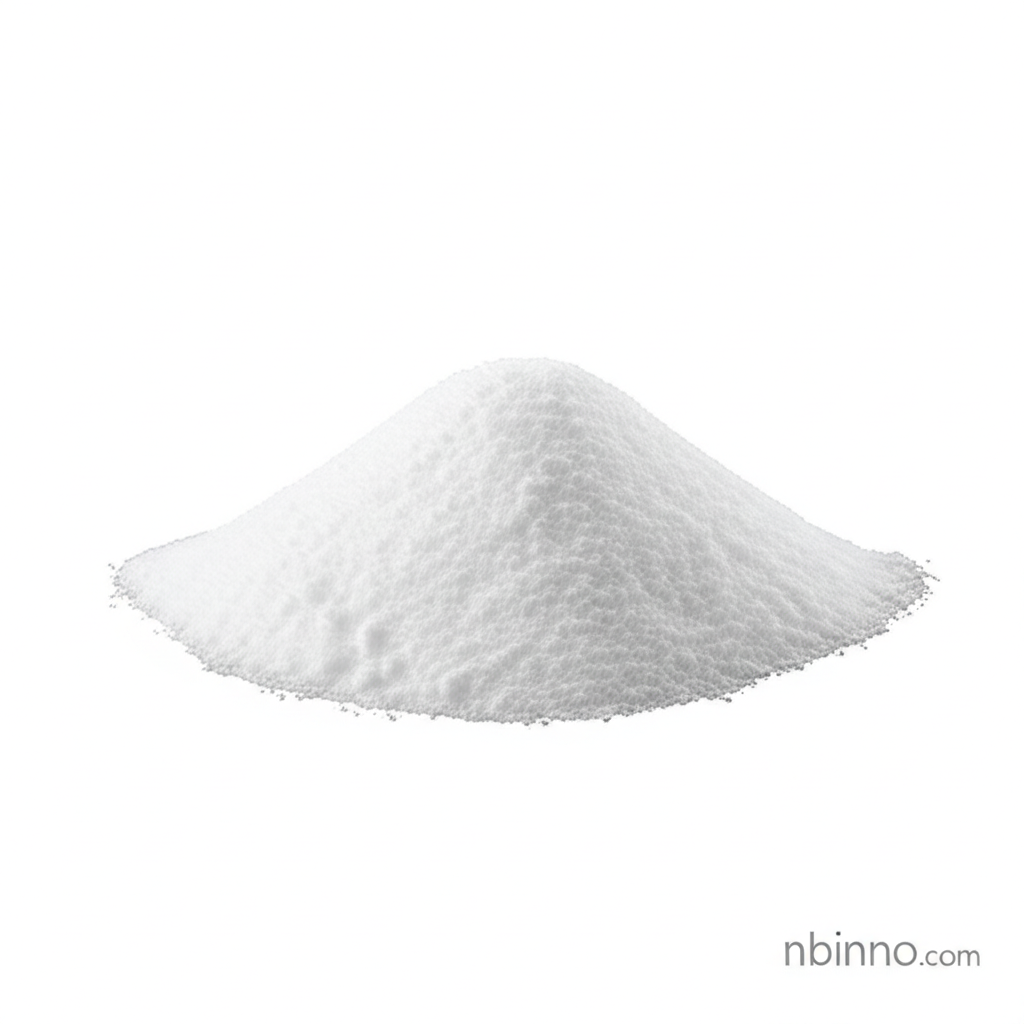Pyridine-Triphenylborane (CAS 971-66-4): A Versatile Lewis Acid Catalyst and Antifouling Agent
Discover the multifaceted applications of Pyridine-Triphenylborane, a key compound in modern chemical synthesis and industrial solutions.
Get a Quote & SampleProduct Core Value

Pyridine-triphenylborane
Pyridine-triphenylborane serves as a critical Lewis acid catalyst, enabling efficient organic transformations and exhibiting potential as an antifouling agent. Its stability and reactivity make it a valuable reagent in advanced chemical processes.
- Explore the unique pyridine-triphenylborane applications in catalysis, including its role in direct amidation reactions, showcasing its versatility.
- Understand the pyridine-triphenylborane synthesis methods, such as the Grignard reagent approach, for reliable production.
- Learn about the compound's stability and handling advantages, making it a practical choice for various chemical synthesis needs.
- Investigate its potential as an antifouling agent, contributing to sustainable solutions in marine environments, a key aspect of antifouling agent research.
Key Advantages
Catalytic Efficiency
As a pyridine-triphenylborane catalyst, it facilitates key organic reactions with high selectivity and yield, offering significant advantages in complex synthesis workflows.
Precatalyst Stability
The pyridine-triphenylborane complex acts as an air-stable precatalyst, simplifying handling and storage compared to more reactive boron compounds, a critical factor in chemical intermediate selection.
Versatile Reactivity
Its ability to participate in various reactions, including Diels-Alder cycloadditions and semi-hydrogenation, positions it as a go-to reagent for chemists seeking diverse synthetic routes.
Key Applications
Catalysis
Utilized as a Lewis acid catalyst for amidation, esterification, and cycloaddition reactions, impacting the efficiency of organic synthesis.
Antifouling Technologies
Investigated for its efficacy in preventing biofouling on submerged surfaces, offering environmentally conscious alternatives in marine applications.
Organic Synthesis Reagents
A vital building block and reagent for chemists engaged in developing new molecules and reaction pathways.
Material Science
Its properties are explored in the development of specialized materials, leveraging its unique boron chemistry.
